With more and more smart TV products and more sophisticated technologies, today's smart TV products are quietly changing. Take the built-in smart application as an example. In the past, people would care about how many applications they have and extend those functions. Today, the operating system has also become the focus of attention of users because different ecology determines the scalability and durability of different platforms. After all, different operating systems have different levels of openness and operations. For example, Android, IOS, and Windows in mobile phone operating systems have a great deal of difference.
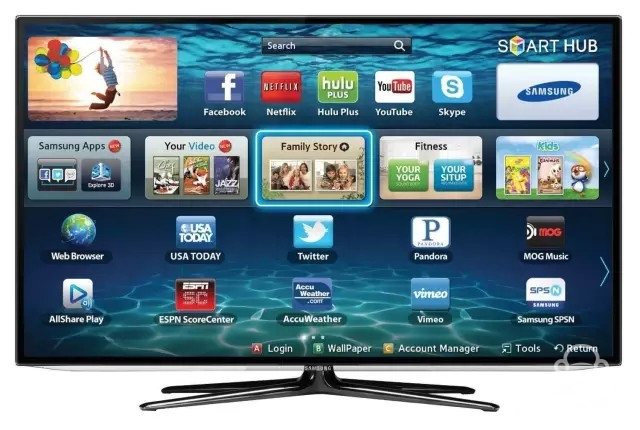
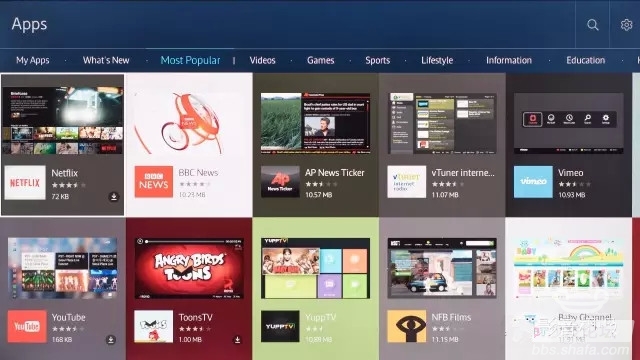
How is TVOS made?
The term "intelligence" is no longer new at present. For example, Android, ios, etc. in mobile phones have reached a stage where they are in full swing, while smart TVs and network set-top boxes are still dominated by Android smart systems. But at the root of it, Android is born for mobile phones and is imposed on television. There are always some unsatisfactory statuses in the application experience. For this reason, traditional TV companies have started to develop their own proprietary smart TV operating systems. Foreign companies are relatively more advanced in this respect. LG intends to use 70% of its TV sets with its acquired webos system, and Samsung has already planned to use its own Tizen system for next-generation smart TVs.
Looking at the domestic television industry, the standards for televisions are set by the Ministry of Industry and Information Technology, and in terms of the broadcast and content control of smart TVs, they will be subject to the control of the SARFT. The fierce relationship between the two is something TV companies cannot ignore.
The open source nature of the Android system is like a double-edged sword. It ensures the richness and diversity of application software for users. In terms of supervision departments, there are many unmonitored contents on the Internet, especially network video. To this end, the General Administration of Press, Publication, Radio, Film and Television issued a notice in July and decided to expand the pilot range of TVOS smart TV operating systems among cable operators. In the future, terminals such as OTT set-top boxes issued by cable operators should install and use TVOS 1.0 software, and no other operating systems other than TVOS should be installed.
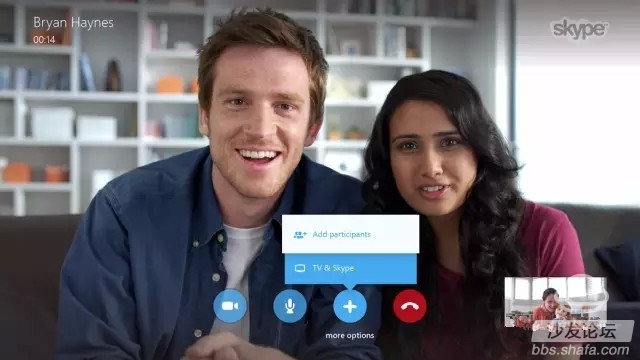
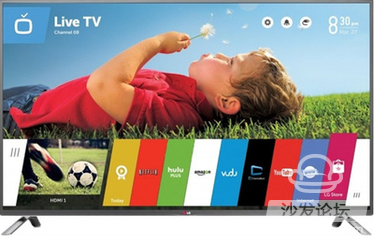
SARFT's smart TV system is difficult to promote
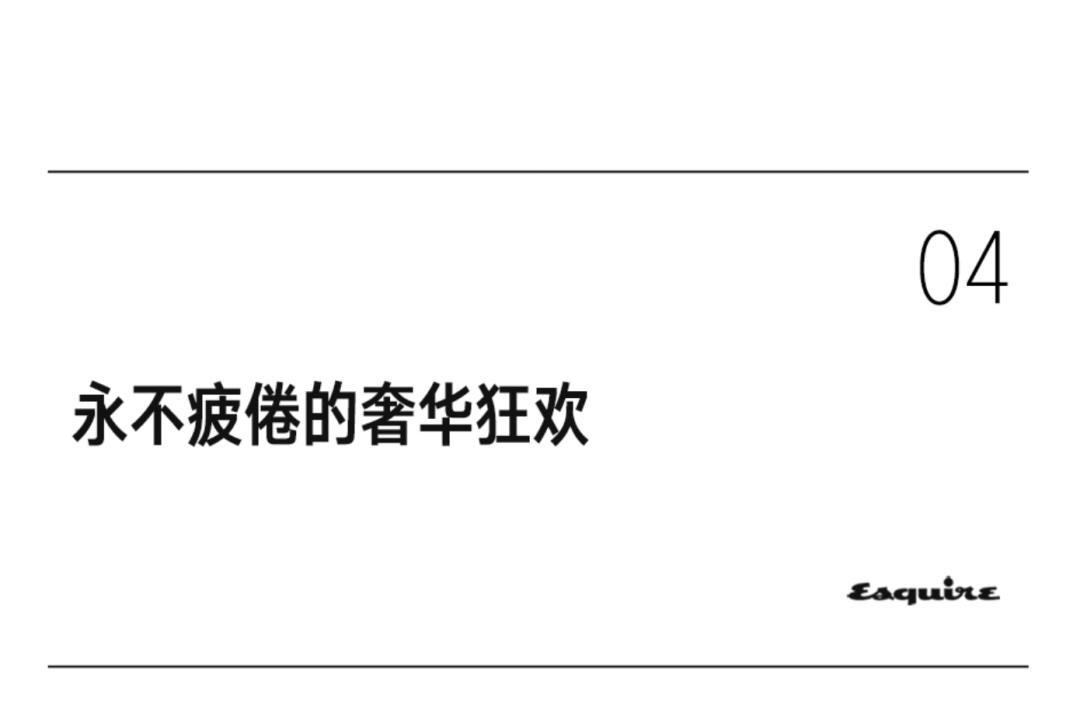 The TVOS 1.0 system is not a national mandatory standard. Its biggest feature is that the product complies with the relevant provisions of Article 181. At the same time, technical restrictions are imposed on the bottom layer. The product cannot be ROOT, and the possibility of installing applications from the outside is eliminated. Meet the requirements of "manageable and controllable, safe broadcast".
The TVOS 1.0 system is not a national mandatory standard. Its biggest feature is that the product complies with the relevant provisions of Article 181. At the same time, technical restrictions are imposed on the bottom layer. The product cannot be ROOT, and the possibility of installing applications from the outside is eliminated. Meet the requirements of "manageable and controllable, safe broadcast". 
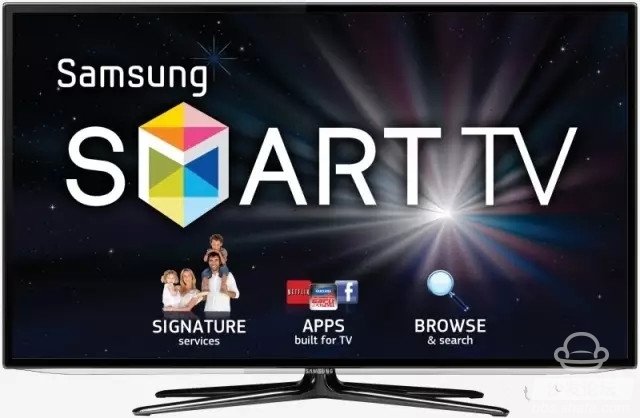
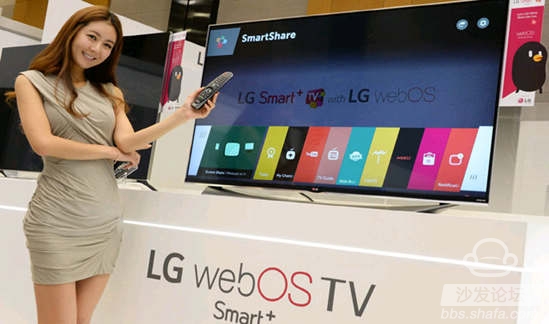
 SARFT's notice only expands the TVOS 1.0 system's promotion within the broadcasting system. Because the TVOS standard is not a national mandatory standard, current OTT TV operating systems from Internet manufacturers and other third-party manufacturers are not affected by this notice. According to the understanding of the situation, due to the closed nature of TVOS TV systems, most manufacturers, including home appliance manufacturers, Xiaomi and other Internet TV manufacturers, third-party OTT set-top boxes, etc., will not use this operating system in their OTT set-top boxes. The OTT set-top boxes of radio and television operators in recent days have built-in Android systems.
SARFT's notice only expands the TVOS 1.0 system's promotion within the broadcasting system. Because the TVOS standard is not a national mandatory standard, current OTT TV operating systems from Internet manufacturers and other third-party manufacturers are not affected by this notice. According to the understanding of the situation, due to the closed nature of TVOS TV systems, most manufacturers, including home appliance manufacturers, Xiaomi and other Internet TV manufacturers, third-party OTT set-top boxes, etc., will not use this operating system in their OTT set-top boxes. The OTT set-top boxes of radio and television operators in recent days have built-in Android systems. 
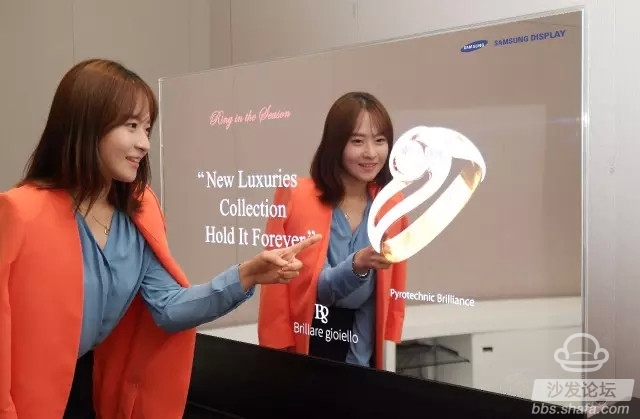
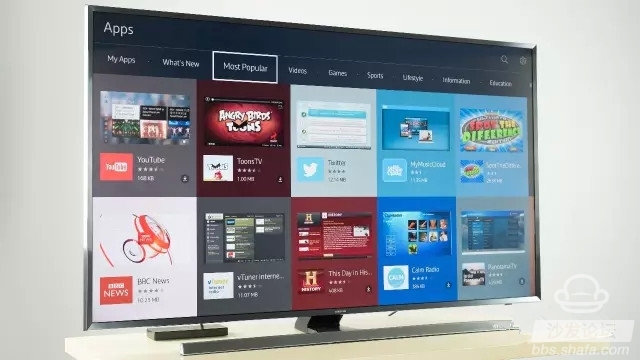
 From the perspective of TVOS promotion so far, the integration innovation of the entire DVB+OTT has been significantly promoted. First of all, cable operators have increased the integration of innovative, intelligent TVOS set-top box equipment, the effective combination of DVB and OTT, a hardware terminal device is compatible with a variety of functions, spend the same money to enjoy a variety of experiences, must be many consumers In the mind of the ideal inexpensive products; Second, the contents of the network set-top box is no longer limited to the spread of limited television, through the set-top box built-in application software to achieve multiple integration of online video shopping, from watching TV to use the perfect TV Transformation and intelligent home life support; Finally, in terms of local characteristics, TVOS can also be compatible with the promotion of local characteristics. Both local customs and education styles can be implemented under the TVOS system, with targeted expansion.
From the perspective of TVOS promotion so far, the integration innovation of the entire DVB+OTT has been significantly promoted. First of all, cable operators have increased the integration of innovative, intelligent TVOS set-top box equipment, the effective combination of DVB and OTT, a hardware terminal device is compatible with a variety of functions, spend the same money to enjoy a variety of experiences, must be many consumers In the mind of the ideal inexpensive products; Second, the contents of the network set-top box is no longer limited to the spread of limited television, through the set-top box built-in application software to achieve multiple integration of online video shopping, from watching TV to use the perfect TV Transformation and intelligent home life support; Finally, in terms of local characteristics, TVOS can also be compatible with the promotion of local characteristics. Both local customs and education styles can be implemented under the TVOS system, with targeted expansion. 
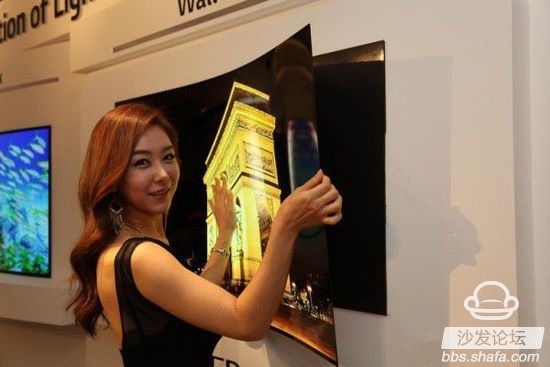
There is no smoke in the battlefield.
In the current smart TV field, there is no unified industry standard, and various smart TV platforms have separatist parties. For example, LG, Samsung, Panasonic, and Sony have adopted different systems. They are WebOS, Tizen, Firefox, and Android, which are the four major operating systems for smart TVs. Please pay attention to the topics in the next issue.


How is TVOS made?
The term "intelligence" is no longer new at present. For example, Android, ios, etc. in mobile phones have reached a stage where they are in full swing, while smart TVs and network set-top boxes are still dominated by Android smart systems. But at the root of it, Android is born for mobile phones and is imposed on television. There are always some unsatisfactory statuses in the application experience. For this reason, traditional TV companies have started to develop their own proprietary smart TV operating systems. Foreign companies are relatively more advanced in this respect. LG intends to use 70% of its TV sets with its acquired webos system, and Samsung has already planned to use its own Tizen system for next-generation smart TVs.
Looking at the domestic television industry, the standards for televisions are set by the Ministry of Industry and Information Technology, and in terms of the broadcast and content control of smart TVs, they will be subject to the control of the SARFT. The fierce relationship between the two is something TV companies cannot ignore.
The open source nature of the Android system is like a double-edged sword. It ensures the richness and diversity of application software for users. In terms of supervision departments, there are many unmonitored contents on the Internet, especially network video. To this end, the General Administration of Press, Publication, Radio, Film and Television issued a notice in July and decided to expand the pilot range of TVOS smart TV operating systems among cable operators. In the future, terminals such as OTT set-top boxes issued by cable operators should install and use TVOS 1.0 software, and no other operating systems other than TVOS should be installed.


SARFT's smart TV system is difficult to promote








There is no smoke in the battlefield.
In the current smart TV field, there is no unified industry standard, and various smart TV platforms have separatist parties. For example, LG, Samsung, Panasonic, and Sony have adopted different systems. They are WebOS, Tizen, Firefox, and Android, which are the four major operating systems for smart TVs. Please pay attention to the topics in the next issue.